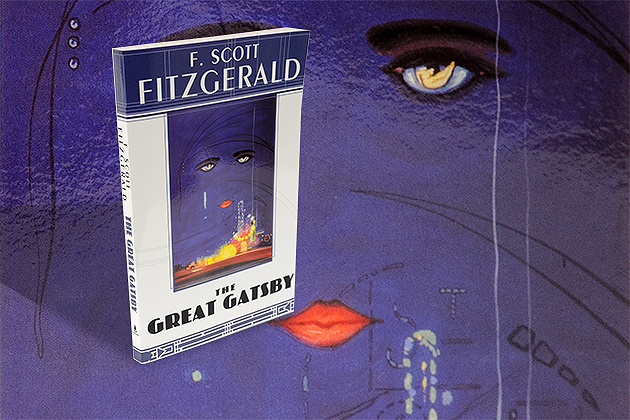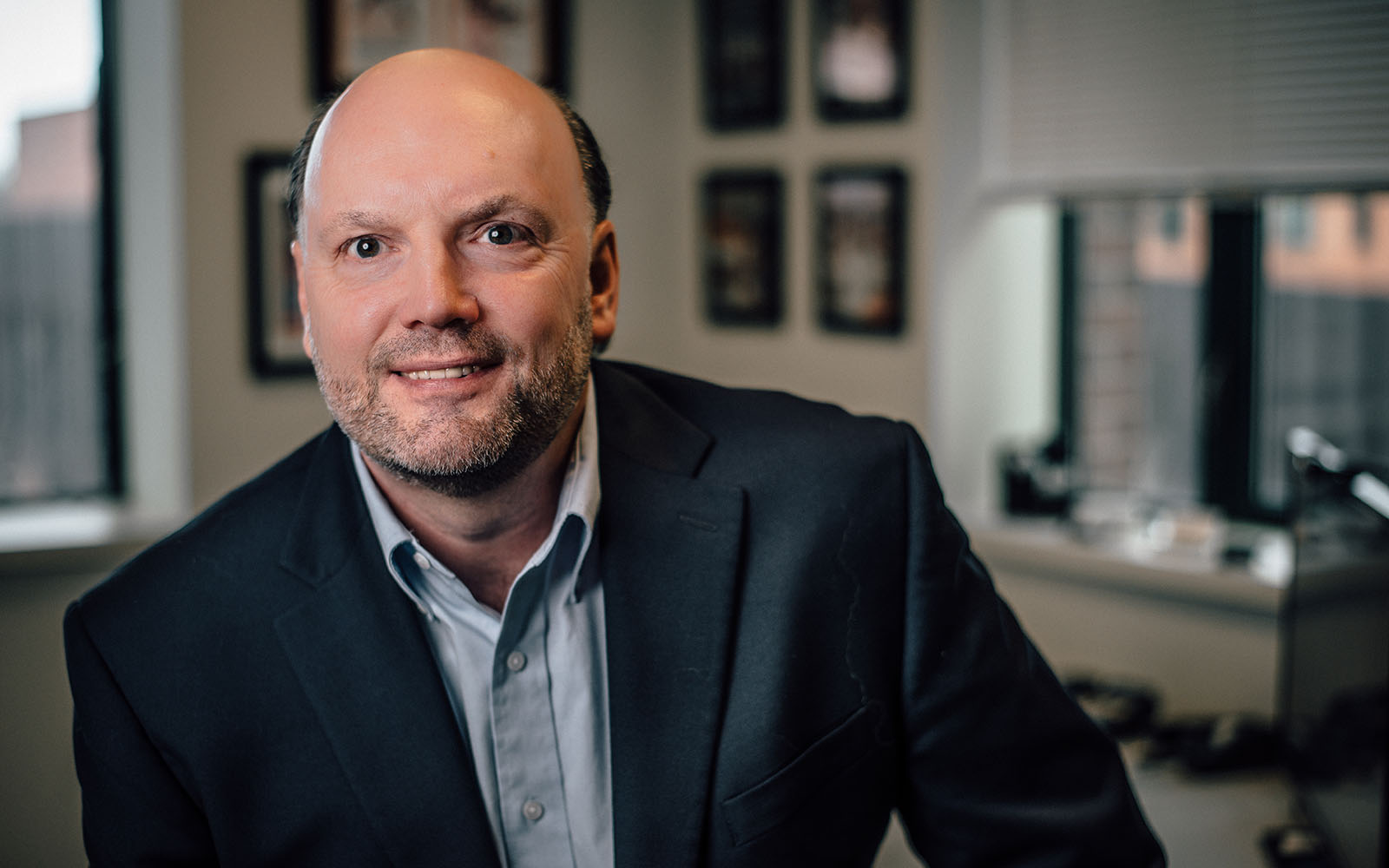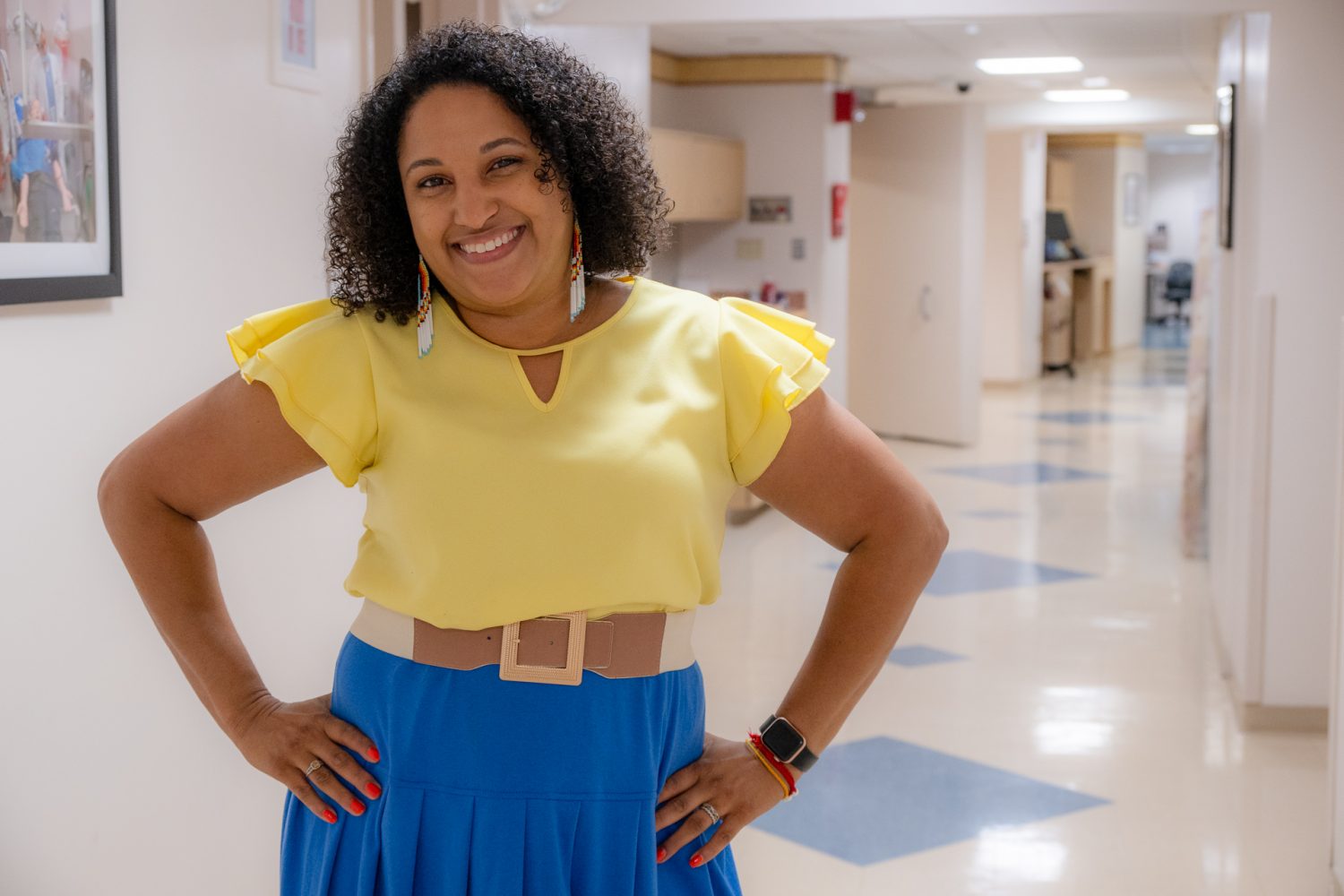This year’s UConn Reads selection is F. Scott Fitzgerald’s The Great Gatsby, chosen from among more than 200 nominations of works of classic fiction.
Here’s what Prof. Anne D’Alleva, associate professor of art history and women’s, gender, and sexuality studies and chair of the UConn Reads Steering Committee, had to say about reading and re-reading The Great Gatsby in her blog, Reading for UConn Reads.
Melancholic. Troubling. Disaffecting.
Perhaps those aren’t the right words to associate with The Great Gatsby – after all, isn’t it just a stylish novel about rich people and a love story gone bad in the Jazz Age?`
The short answer? No.
I hadn’t read The Great Gatsby since 10th-grade English, when Mr. H. – an excellent teacher who gave minute attention to our weekly five-paragraph essays – bravely led a group of teenagers through The Great Gatsby.
I remember liking the book, wondering how the characters came to this wasteful and tragic situation, and thinking about how it could have been different. I was a bookish 15, it was interesting, but I moved on quickly.
I don’t move on so quickly any more. I’m finding The Great Gatsby hard to shake, much darker and more troubling than I had remembered.
I’m not sure that I have a coherent story to tell here – a tidy little summary and analysis of the book, pros and cons, why The Great Gatsby would be a good choice for UConn Reads. That’s the blog post I’ve been trying to write for a week and it’s not working out, so I’ll list some of my fragmentary thoughts, the ideas about the book that I keep mulling over:
I feel like I keep reaching for some kind of grip on the female characters. Daisy is a cipher – deliberately so, she’s mostly presented as a symbol, an ideal, through the eyes of the men who want to possess her. There’s very little description of her in the book: she has dark hair, her voice sounds like money. Jordan Baker, the golfer, making her own way in the world, loosely tethered by class and culture and friendship to Daisy Buchanan. Myrtle Wilson – a caricature, in some ways – a vulgar, striving woman who sees an opportunity in Tom Buchanan but doesn’t seem to realize that opportunity is not actually available to her.
The male characters exist on a continuum from off-putting to extremely odd to repulsive. Tom Buchanan is clearly at one end, with his quick brutality, his arrogance, his domineering and dismissive attitude toward women, his white supremacy. And yet he reads in an interesting way against other male characters – the disquieted, observant narrator; Jay Gatsby, the striver (the flip side of Myrtle Wilson?), the yearner, the man who isn’t quite coherent – an “Oxford man” in a pink suit.
The ubiquitous cheating, large and small – from Jordan Baker’s golf ball to bootlegging to marital affairs to pinning a murder on a man who didn’t do it.
The quick, devastating description of the Ash Fields glimpsed from a railroad car. The parties that aren’t actually fun. The contrast between George Wilson’s grinding efforts to make a living and Tom Buchanan’s easy, cushioning wealth and privilege. The contrast between East Egg and West Egg, and, in the end, between the West and the East as American regions. Fitzgerald is relentlessly attentive to culture and class. He can also be casually anti-semitic and racist.
I’d like to see what our reading community can make of The Great Gatsby. I’d like to read it with my peers, who first read it some years ago now, but also with the undergraduates – some of them, at least, must have read it in high school, but I wonder what they would make of it a few years on. That’s a reading experience I didn’t have myself, and I’m interested.
UConn Reads is designed to provide a common reading experience for all UConn campuses and members of the University community. UConn Reads invites all alumni, faculty, staff, students, and community members to participate in a common intellectual discussion by reading a book selected by a University-wide committee and then participating in events and online discussions throughout the year.




